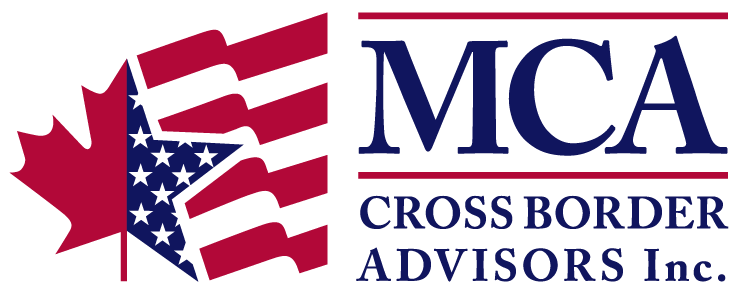Transferring your U.S. Retirement Plans to an RRSP
It’s become increasingly popular for Canadians to relocate to the US for work purposes; often, Canadian professionals are sponsored by their employers through a work permit. Some choose to pursue a green card and, ultimately, US citizenship, while others choose to move back home.
While they are living and working in the US, Canadians are typically encouraged to contribute to various US retirement accounts such as 401(k)s, IRAs, 403(b)s, or 457(b)s. Much like the Canadian equivalent, group-sponsored RRSPs, these US plans feature employer contributions and tax deductions, which make them attractive investment vehicles for US residents.
THE ISSUE
The problem arises once Canadian professionals cease to be US residents. For starters, most US financial institutions will no longer be able to manage US retirement accounts due to compliance issues. That leaves few options for Canadian professionals coming home, who are forced to either liquidate their US holdings and pay applicable taxes or hold onto their US accounts, accepting that they have no control over their investments. However, in today’s volatile markets, relinquishing control over one’s investments simply doesn’t make sense.
THE SOLUTION
Luckily, there is one more option: transferring US retirement plans to an RRSP. There are many advantages to proceeding with this maneuver, such as simplifying one’s financial affairs and providing access to a broader range of investments that can be managed in Canada. However, transferring US retirement plans to an RRSP isn’t easy; the transfer involves a series of complex steps that requires detailed planning to avoid double taxation.
THE PROCESS
So how does the transfer work? Let’s take the example of a 401(k) that has a fair market value of $100,000 USD. The transfer involves liquidating the existing account, which triggers taxes and tax withholdings with the IRS. A subsequent deposit of $100,000 USD is then made to the RRSP for which contribution room is generated at the time of the transaction.
From a Canadian perspective, this is a tax-neutral move as the RRSP deposit does not provide for additional tax refunds. The taxes paid to the IRS will generate foreign tax credits (FTCs) that will be used to offset Canadian income taxes.
That said, if the Canadian resident does not have sufficient Canadian income, such as employment income, then these FTCs will not serve their purpose, and the individual may find themself in a situation where, upon the liquidation of the RRSP, they will pay taxes once again to CRA, effectively leading to double tax.
Due to the complexity of transferring US retirement accounts to an RRSP, Canadians should always seek professional advice from a team of cross-border specialists. Consulting with experts will help avoid costly mistakes.
